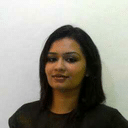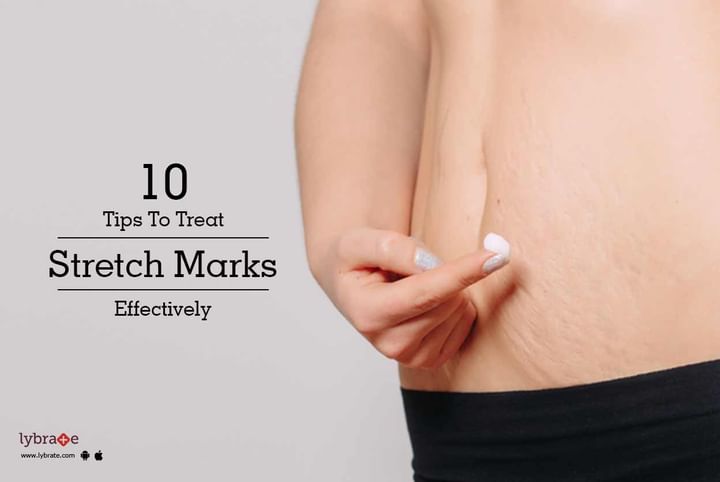10 Tips To Treat Stretch Marks Effectively
Pregnancy is a life-changing phase in a woman’s life. In addition to a baby (or babies!), there are a lot of physical and emotional changes also that come with it. The more evident are the physical ones, and in addition to weight changes, the stretch marks are the most obvious.
The uterus or the womb grows to its full extent to accommodate the developing baby, and so there is stretching of the connective tissue in these areas. After delivery, the tension is lost, and these marks become evident.
What are stretch marks?
These marks appear as lines on the skin and are most commonly found in areas such as the buttocks, arms, breasts, thighs and stomach. They are different in appearance in comparison to the normal skin. It may appear pinkish or purplish initially and then it takes a shiny appearance later. When you feel the stretch marks, you may feel a certain indentation or ridge on the skin. It may feel sore or itchy as well sometimes.
They most commonly appear during adolescence when there is rapid growth and stretching of the skin. It is also seen in women pre and post pregnancy. Stretch marks can also appear when there is a sudden change in weight.
How To Treat Them?
-
Use Moisturisers: People who use moisturisers show an increased elasticity of the skin, which reduces the appearance of stretch marks on the skin. Keeping the skin hydrated stops the skin from tearing and creating stretch marks. Moisturising is not entirely effective on older marks, but it can help with newly formed stretch marks. You can also use it on areas that are prone to stretch marks.
-
Retin-A: Retin- A is known to boost collagen production that helps the skin to stretch out with ease and not cause tears. When Retin-A is used, it is recommended to limit the sun exposure as the skin becomes more susceptible to sun damage and burning.
-
Glycolic Acid: This chemical compound falls under the category of an alpha-hydroxy acid which is commonly found as a major ingredient in chemical peels. It is known to amplify the production of collagen and increase the tensile strength of the skin. Go to your dermatologist for a stronger dose for more effective results.
-
A Combination of Retin-A and Glycolic Acid: A combination of these two potentiates the action of each other and gives better results.
-
Vitamin E Oil: You can find Vitamin E oil capsules in medical shops that are known as the miracle medication when it comes to curing stretch marks.
-
Essential Oils: Certain essential oils like rose oil, lavender oil, or geranium oil are known to reduce stretch marks.
-
Vascular Laser: Pulsed dye laser that is kept at the wavelength of 585 nm is used to remove the stretch marks that are red and newly formed. It may not be effective on the older ones that have turned silver. This process is highly expensive and needs about 6 sittings. The efficacy of this procedure also depends on the complexion of the skin. Much like laser hair removal, vascular laser does not work on darker skin. The colour difference between the marks and the actual skin tone should be prominent.
-
Fractional Laser Treatment or Laser Resurfacing: This is used to get rid of the older stretch marks that have turned light and are no longer red. This procedure is more expensive than the previous one and is prone to leave scars on the site of application.
-
Abdominoplasty or Tummy Tuck: The only permanent solution to get rid of stretch marks is to cut them out entirely. If you are tired of the stubborn tiger stripes, then this could be your only way out.
-
RF Micro-Needling Device: This is a more cost effective alternative to CO2 Laser Resurfacing that could be used on any stretch mark types –“new and old”. The micro needles are driven directly into the skin to a certain depth (0.2mm-3.0mm) and radiofrequency (RF) energy is then released inside the skin. Minimally invasive RF thermal energy creates fractional electrocoagulation in the dermis which facilitates a natural wound healing process promoting the remodelling of collagen. If you wish to discuss about any specific problem, you can consult a dermatologist.



+1.svg)
